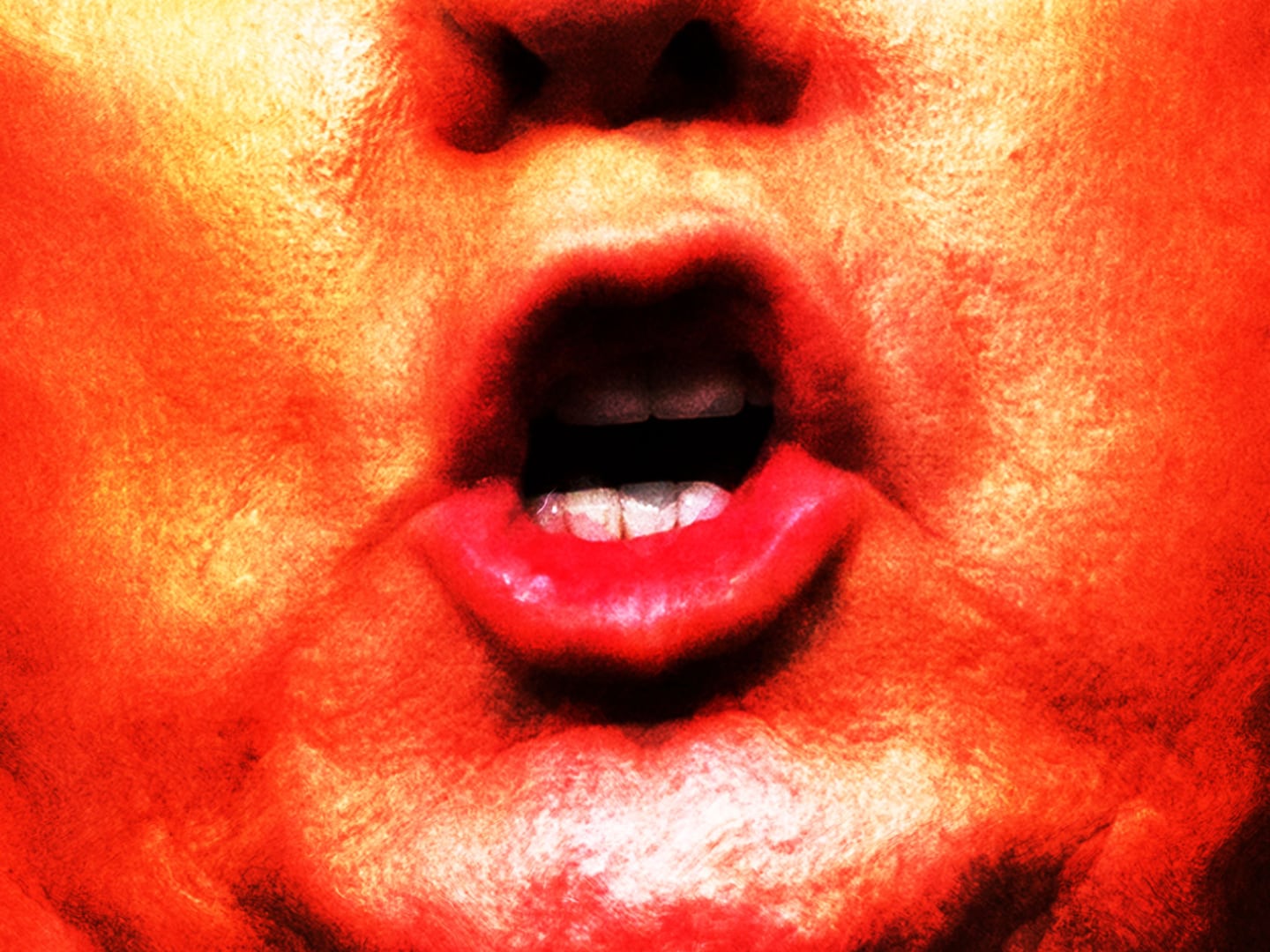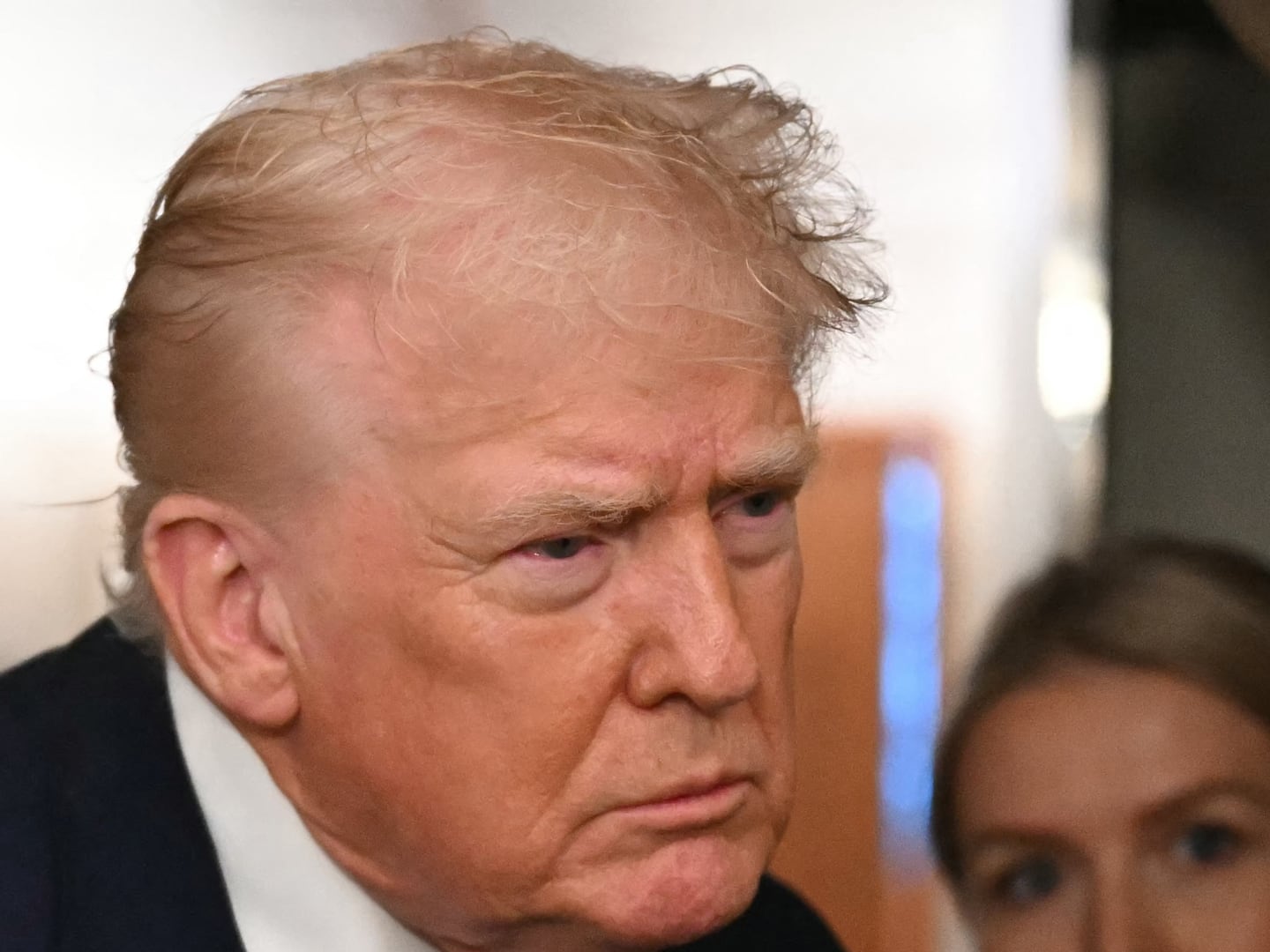TIJUANA, Mexico — Across the border from Texas in the state of Coahuila, in the Five Springs or Cinco Manantiales region, hundreds of townspeople were abducted and brutally massacred in the spring of 2011.
That year in mid-March, heavily armed commandos burst into these towns with a long list of targets, leaving destroyed homes and businesses in their wake as evidence of their crimes. First, though, they let at least one mayor know what was about to happen.
For years, the massacre went uninvestigated and officially unconfirmed, but the locals who remained behind guarded the memory of their missing-and-presumed-dead by fearfully whispering their versions of events among each other. Survivors shared stories of the explosions they heard that week in mid-March, and the destruction they witnessed. But piles of rubble sat unprodded by authorities.
Many of the roughly 300 victims—more than 80 separate families—did not know each other, but most had something in common, beyond calling the same region home. They shared a combination of the same common last names: Garza, Gaytán, Moreno, and Villanueva.
Over the course of three days, the Zetas cartel, one of Mexico’s most powerful crime syndicates allied with corrupted authorities, terrorized the region, sweeping up anyone who shared the ill-fated names, and anyone who worked for them or with them, abducting dozens of families while looting and destroying their homes.
Others among the missing were people who did not bear those family names, but who rented properties with these surnames quaintly featured by their door frames. Family employees—maids, cooks, landscapers, and those tending to the ranches’ animals—were not spared. Nor were mere bystanders.
The missing became the massacred, but the Zetas did not find the two men they were looking for: José Luis Garza Gaytán and Héctor Moreno Villanueva.
Those two Zeta underlings, whom the Zetas accused of stealing millions, had doomed hundreds who shared their last names to death, while retreating into the protective arms of the U.S. government as informants for the Drug Enforcement Agency of the United States, the DEA.
Moreno Villanueva, testifying at the 2013 Texas trial of José Treviño Morales, the brother of fearsome Zeta cartel leader Miguel Angel Treviño Morales, aka Z-40, said that he fled after catching word of the impending killing spree and Miguel Angel’s thirst for his blood. But prior to the manhunt, he’d been trafficking 800 kilos of cocaine a month for the cartel, sending back $4 million in payment every 10 days—money that was partially laundered in an elaborate bi-national horse breeding, training, and racing scheme.
Moreno Villanueva, who cut a deal with prosecutors, was set to be sentenced this October, but sentencing has been postponed until next year.
***
The details of what happened to the townspeople in Coahuila state remained shrouded in secrecy until the government sent a bevy of more than 100 officials in early 2014 looking to follow the fading trail of cold evidence in the mass disappearance and subsequent massacre. The investigators came ludicrously late, but — even years later — proof of the horrific crimes was everywhere.
Investigative journalist Diego Enrique Osorno travelled to Coahuila in 2014, trailing the officials who worked on behalf of a special sub-prosecutor tasked with searching for missing persons, to witness the authorities’ first attempt at investigating the gruesome 2011 killing spree.
The officials inspected dozens of properties in late January of that year. As Osorno wrote, they were armed to the teeth yet still timid, familiar as they were with the ferocity of the powerful Zetas. They were, after all, on their turf, and, like the townspeople, vulnerable to the cartel’s whims.
The journalist made his way through the town of Allende reviewing evidence of the crimes he had heard about years before under the semblance of some, albeit meek, official protection. Even years later, in 2014, Osorno said, “the brunt of the crime remained visible in the plain sight of everyone.”
“At the Allende plaza there was a mansion that had been demolished [by the cartel] that was just meters away from the municipal palace,” he noted, referring to the former mayor’s office.
Another of the destroyed properties was across from the mayor’s residence. Scattered across the towns there were signs of the destruction, but still, the massacre was an open secret—the details of what occurred during the three day killing spree remained shrouded in secrecy.
Since that trip, Osorno has been following the case more closely than probably any other journalist or, unfortunately, any authority. The official body count remains tallied at less than 30 and only a few dozen have been counted among the missing, but journalists, politicians, and witnesses know that figure is ludicrously low.
Based on the dozens of interviews he has conducted with townspeople, surviving family members, officials, and witnesses, and based on numbers given to him anonymously by high-up authorities, Osorno—and by proxy the rest of the country—now knows an approximation of the real figure, which is on the order of 300.
***
The mayor of Allende in the Cinco Manantiales region of Coahuila said at the time of the slaughter that he was helpless to prevent the massacre. He said his hands were tied, so he stepped aside and let the Zetas and those they had corrupted do their bidding.
When Osorno attempted to interview the now-former mayor, years ago, the city father refused to speak and hung up the phone. Osorno went looking for the mayor, visited his home, but again he refused to speak.
***
On Thursday of last week, November 17, former mayor Sergio Lozano Rodríguez, who did nothing to warn the people of what was coming, finally was arrested at home. He is accused of allowing the incursion as well as ordering the police to stand down during the massacre.
In the spirit of never letting a good crisis go to waste, the former mayor’s opposing political party, the ruling PRI or Institutional Revolutionary Party, applauded his arrest in a statement calling him a key piece of the puzzle of what happened that spring.
But Lozano’s party, the PAN or National Action Party, called the former mayor “a scapegoat,” adding that Lozano had attempted to warn authorities of what was occurring in Allende but was ignored.
Osorno, the journalist, says he knows without a shadow of a doubt that authorities in the towns that comprise Cinco Manantiales were “active, not passive participants” in the killing spree.
“It wasn’t just a simple omission. They did so much more than just allow it or fail to deter it,” Osorno said in an interview with The Daily Beast. “And the government has not yet taken action against the rest of the authorities who were involved at all levels.”
Osorno called the mayor’s arrest “a good start” but said that this is barely scratching the surface. Authorities have yet to act on more than a dozen arrest warrants that have been issued, and most questions remain unanswered. To this day, there is no complete list of the hundreds who disappeared.
***
I first met Osorno in 2014, when I was asked to write the English version of his first account of the massacre after he returned from his evidentiary tour with the investigating team of officials.
Then, amidst the destruction, he had come upon discarded clothing and even an ID card belonging to a victim bearing the accursed Garza Garza last name—in this case, just one of the doubly damned victims born to two parents named Garza.
Since writing that initial account, Osorno has returned to the towns of Cinco Manantiales—comprised of Allende, Morelos, Nava, Villa Unión and Zaragoza—and the nearby affected towns of Piedras Negras and Acuña on multiple occasions to ask questions that may never produce answers.
This stronghold for the Zetas cartel has since seen its grip somewhat loosened, but it remains a region steeped in fear. The journalist’s extensive investigation will be published in upcoming months, but it is unlikely the story will be over.
The mayor of Allende, who refused to answer Osorno’s questions over the years, will now have to answer to the Mexican justice system—an oxymoron if there ever was one—but at least, unlike the massacred townspeople, he will not be answering to the Zeta cartel.
In just one example of the Zetas’ savagery and reign of terror, both before and after the massacre, at the July trial in San Antonio, Texas, for just one of the many cartel members who participated in the massacre, Marciano Millan Vasquez, United States Attorney Richard L. Durbin said that “without mercy or compunction he brutally murdered anyone and everyone as it suited him and his cartel, at times inflicting the cruelest of pain.”
This statement was made after it was revealed that among Millan Vasquez’s many crimes, he used an axe to dismember a young girl in 2013 before incinerating her body parts in front of her parents. He then did the same to the girl’s mother, while her husband watched.
According to the DEA, this Zeta laughed as he butchered the man’s family then ordered the man killed as well.
Those murdered in Allende and the neighboring towns did not meet an end any less gruesome.
***
The charred rubble of dozens of homes and businesses which the Zetas had brought down using sledgehammers, grenades, heavy machinery, and in at least one case a missile of some sort, led the authorities and Osorno to blackened oil drums, and piles of tires, and empty diesel cans.
If you are wondering how one goes about disappearing hundreds of people so they will never be found, these are the deadly ingredients the cartels use for their gruesome brew.
The improvised “kitchens,” as the clandestine death sites that dot northern border states and the country at large are known, are cheap, portable, and easily set up.One method employed by the Zetas involves dumping fuel into large, perforated metal vats of body parts, and setting them on fire, carefully replenishing the fuel until the body has been completely reduced. The smell, one cartel member testified, is “just like roasted chicken.” Or so he claimed.
The more effective and common method uses the same ingredients to light a fire under the industrial drums, which are then filled with bodies in combination with a caustic soda solution—made with inexpensive lye, readily available at any hardware store for a few pesos a kilo—used to dissolve the victims.
This concoction, after a few hours, becomes what is referred to as human pozole, resembling in a nauseating way the traditional Mexican pork and hominy stew.
This was the fate of hundreds of coahuilenses that spring, and thousands elsewhere in the country who have since fallen prey to the Zetas’ not so tender mercies.
Meanwhile, across the border in San Antonio, Texas, the two Zetas turned informants, who doomed hundreds of their neighbors to the most gruesome death, enjoy the comfort of the warm southern weather, and the promise of eventual freedom for telling their stories to the DEA.






